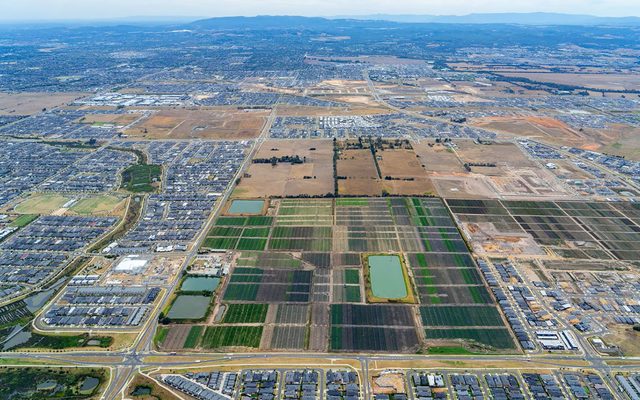This article is from the Australian Property Journal archive
THE shift towards remote working through the pandemic and the development of local living strategies may see existing CBD commercial buildings struggling to find tenants readapted for residential use.
The shift is suggested in the CSIRO’s updated Our Future World report which identifies the recent digital shift as one of seven “megatrends” likely to impact Australian organisations over the next 20 years, according to the CSIRO.
“A new era” for the central business district has come following the boom in teleworking and growth in regional internal migration. Office occupancy rates remain well below pre-pandemic levels across all Australian capital cities, and the return to the office has stalled this winter, while 60% of Australian consumers have reduced or stopped their visits to the city, according to NAB.
“Demand for commercial property in CBD locations has also declined, with investors increasingly opting for office spaces in the outer urban fringes,” the report said.
“The Victorian and New South Wales governments have developed local living strategies, which focus on providing access to essential shops, services, employment and education within a 20–30 minute active or public transport trip. This decentralised approach could reduce the need for private vehicle trips and encourage investment in outer suburban and regional areas.
“This approach could also open up opportunities to repurpose commercial properties in CBDs for residential accommodation.”
Australian Bureau of Statistics (ABS) data shows that before COVID-19, around 25% of employees worked from home at least once per week, compared to the start of 2021, where over 40% of workers regularly work remotely.
The majority of Australians now expect a hybrid working model rather than working exclusively from home or in the office. Research has shown that teleworking is associated with greater worker satisfaction and lower firm costs, but can also decrease effective communication, knowledge flows among employees and managerial oversight.
“As such, there is an inverted U-shaped relationship between worker efficiency and teleworking, where the ‘sweet spot’ is in the middle. Organisations will increasingly need to adapt their ways of working to maximise the benefits of teleworking, whilst minimising the potential downsides for workers and employers.”
The shift to hybrid working has triggered a reversal of historical regional internal migration patterns. The number of people living in Australian capital cities declined by 26,000, or 0.1% in the year leading up until April 2021, whilst regional Australia grew by 70,900 people, or 0.9%. CoreLogic data shows regional house prices have outpaced those in the capitals.
“This shift in settlement patterns is likely driven by the preference to live in the outer fringes of capital cities during a global pandemic and the increased uptake of flexible, remote working practices. It remains to be seen whether current trends lead to a longer-term shift in settlement patterns,” the CSIRO report said.
“Future settlement and re-settlement strategies could explore opportunities to accelerate the adoption of Industry 4.0 technologies and transition to low-emission activities to build more resilient regional futures and to attract people and investment to the regions.”
However, the CSIRO noted that while COVID-19 has impacted urban activities, “historical projections of urban growth over the past 60 years have been remarkedly robust to shocks”, and that long-range forecasts of urban area population growth are likely to hold “unless COVID-19 leads to a sustained preference for online communication and business activities over face-to-face interactions”.
Brisbane and Perth experienced the fastest capital city growth in Australia over 2019–20, but long-range forecasts suggest that future urban growth will be concentrated in Melbourne, Brisbane and Sydney, with average annual growth of 2.1%, 2.0% and 1.8% from 2022 to 2042, respectively, according to the ABS.
In 2018, 55.3% of the global population lived in urban areas, forecast to grow to 60.4% by 2030 and 68.4% by 2050, with the majority of the global urban population concentrated in Africa and Asia. The number of megacities with 10 million or more inhabitants will also increase from 33 in 2018 to 43 by 2030.




